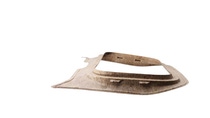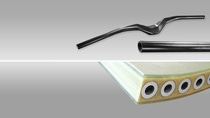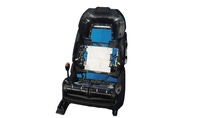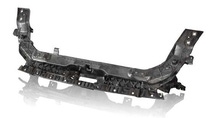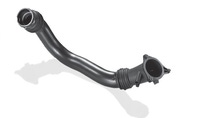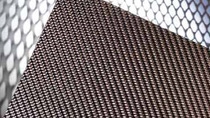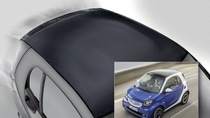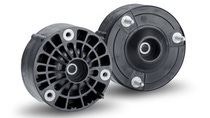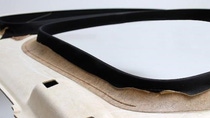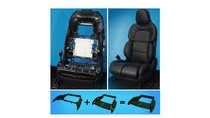Construction Solutions
Composite Innovations by BASF
Driving innovation through chemistry
Whether it's advanced materials for thermoplastics and thermosets, composite design expertise as well as parts and tooling support, BASF continues to drive innovation through chemistry across various industries such as automotive, aerospace, industrial manufacturing, consumer and construction.
Contact us
If you want to connect with one of our experts, please contact us for Acrodur at dpsolutions@basf.com; all other products contact techquestions.na@basf.com.
Technology Spotlight: Ultrasim computer aided engineering
Material expertise is important but so is the ability to combine that expertise with computer aided engineering. BASF utilizes a proprietary software called ULTRASIM, which can routinely provide 90 – 95 percent accuracy when characterizing materials and their expected performance.
Unlike other finite element modeling tools, this technology will help eliminate “do-overs,” saving product development time, money and materials. Ultimately, this technology gives you more peace of mind and confidence in the final product to move forward with a lightweight thermoplastic part.
